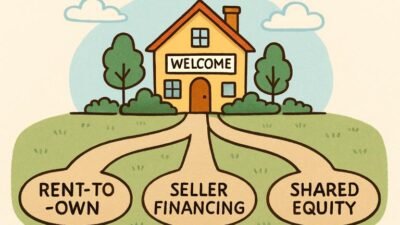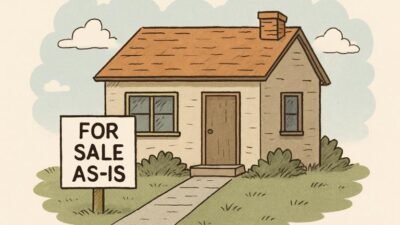Changing Demands in Commercial Spaces
As businesses evolve, the expectations for commercial spaces are shifting rapidly. Tenants now seek more than functional office layouts or storage capacity; they prioritize flexibility, sustainability, and technology integration. Open floor plans, wellness-focused amenities, and energy-efficient designs are becoming standard, emphasizing employee experience and operational efficiency. Landlords who meet these demands can attract and keep tenants in a competitive market, while properties that don’t modernize may fall behind.
Navigating these changing requirements often involves revisiting lease agreements to ensure they accommodate new uses and responsibilities. Consulting a real estate attorney can help landlords and tenants structure contracts that address flexibility, compliance, and potential disputes, providing clarity and security in an increasingly complex commercial real estate landscape.
Flexible Leasing Models and Short-Term Agreements
The traditional long-term lease is replaced by shorter, more flexible terms, such as short-term leases, subleasing opportunities, and coworking spaces. This shift is particularly popular among start-ups and companies that require agility in real estate commitments. Landlords benefit from flexible agreements, leading to reduced vacancy rates and a wider range of potential tenants. However, these arrangements require carefully crafted contracts and open communication to ensure mutual benefit and risk-sharing. The rise of plug-and-play offices and monthly rental agreements signifies a permanent shift in commercial space consumption.
Technology and Digital Integrations
The integration of digital technology is revolutionizing commercial leasing for both landlords and tenants. Smart building systems can now manage energy consumption, monitor security, and optimize climate controls remotely, increasing efficiency and sustainability. Cloud-based leasing documentation and contract management platforms speed up negotiations, provide real-time updates, and reduce administrative errors.
Building Information Modeling (BIM) enables a new level of collaboration during planning and renovations, resulting in more transparent relationships between stakeholders. Smart building technologies improve tenant satisfaction and drive long-term cost savings and operational resilience for property owners.
Sustainability and Green Lease Practices
Commercial real estate leases increasingly incorporate environmental consciousness, with eco-friendly features becoming crucial for tenants. Green leases promote sustainable operations, energy conservation, and recycling initiatives. Properties with robust green certifications attract and retain tenants. Sustainable leasing practices offer reputational advantages and cost reductions, and investors prefer environmentally responsible portfolios. Tenants and landlords are working together to finance upgrades that improve environmental impact and financial performance.
Remote Work Impact on Real Estate Leasing
The rise of remote and hybrid work has significantly influenced the types and locations of spaces businesses pursue. There’s a growing trend toward downsizing main offices while investing in a network of satellite locations closer to where employees live. This shift in leased space increases demand for smaller, flexible footprints in cities and suburbs.
To adapt, landlords enhance amenities such as video conferencing rooms, hot-desking options, and seamless IT infrastructure. This enables tenants to support remote work while maintaining a robust in-person presence for collaboration and meetings.
Urban vs. Suburban Trends in Lease Activity
In recent years, the movement toward suburban leasing has accelerated, influenced by migration patterns and preferences for shorter commutes and improved quality of life. Companies looking to offer employees flexibility and convenience are experiencing greater interest in suburban office campuses and mixed-use developments.
Nevertheless, urban areas remain vital economic hubs, attracting a consistent influx of businesses, especially in tech, finance, and creative sectors. Market analysts predict a balanced future, with vigorous leasing activity divided between revitalized city centers and thriving suburban areas, each providing distinct benefits for modern companies.
Risk Management and Lease Clauses
Lease clauses are becoming non-negotiable in today’s complex environment, emphasizing risk management strategies like force majeure, rent abatement, and early termination provisions. These measures help mitigate uncertainties related to public health, economic downturns, and natural disasters. Transparent negotiation, careful documentation, and periodic lease reviews are recommended best practices. Modern leases emphasize adaptability and proactive risk sharing for productive landlord-tenant relationships.
Future Outlook for Commercial Leasing
Flexibility, technology, and sustainability will shape the future of commercial real estate leasing. As companies reevaluate their operational models and space requirements, forward-thinking landlords anticipating these changes will gain a competitive edge. Businesses that remain agile, informed, and open to innovative leasing structures will best weather future market shifts, create value, and foster long-term growth.



